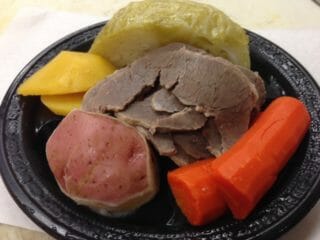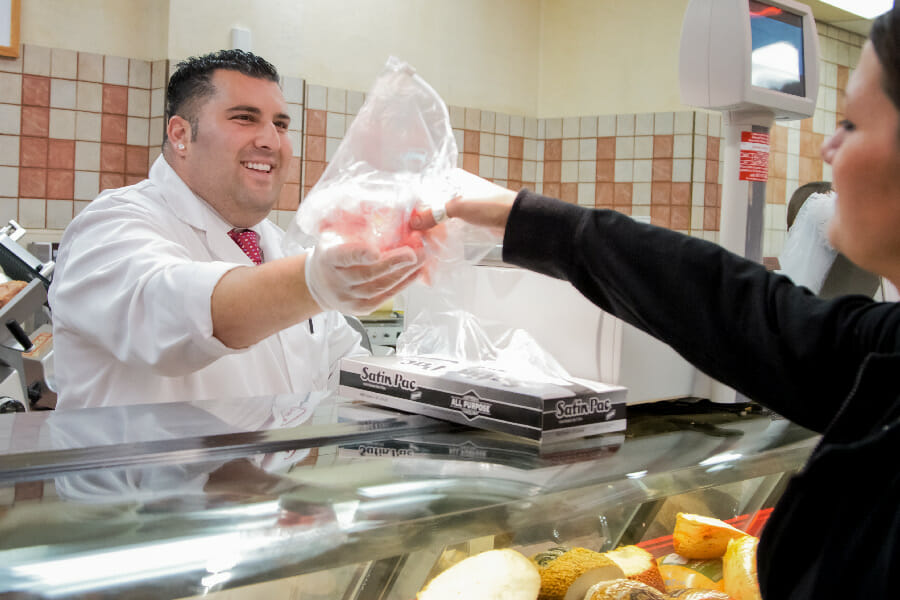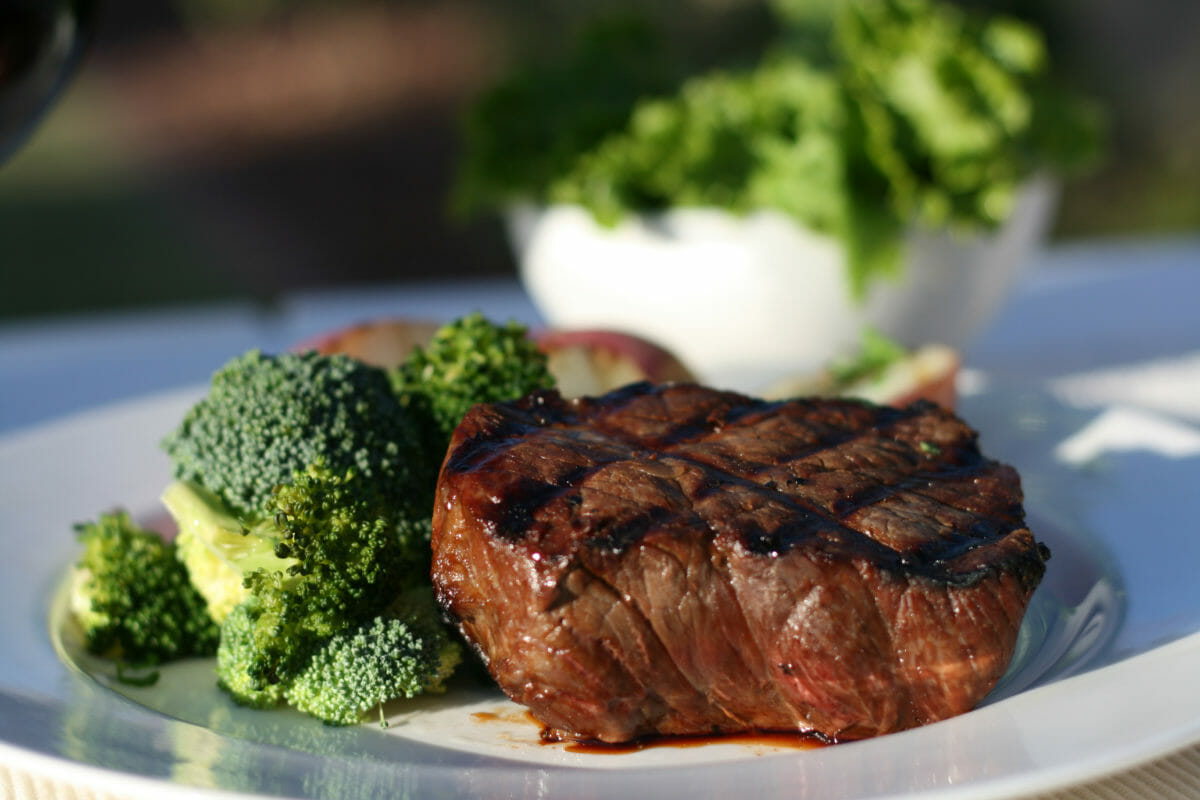 The holiday celebrating all things Irish is right around the corner. St. Patrick’s Day conjures images of shamrocks, leprechauns, the color green, and other symbols associated with the patron saint of Ireland. How much do you know about this international holiday that people of every background have embraced for centuries?
The holiday celebrating all things Irish is right around the corner. St. Patrick’s Day conjures images of shamrocks, leprechauns, the color green, and other symbols associated with the patron saint of Ireland. How much do you know about this international holiday that people of every background have embraced for centuries?
A Brief History
St. Patrick himself wasn’t even Irish. He was born in Britain and arrived in Ireland when he was 16 years old. He became known for spreading Christianity, using the shamrock as part of his teachings: the three-leaf clover representing the Holy Trinity. The date of St. Patrick’s Day, March 17, marks the day it is believed that St. Patrick died in the year 461.
Ireland began observing St. Patrick’s Day with religious services and meals and the holiday has evolved over time as a celebration of Irish culture. While the shamrock remains a common symbol linked to Ireland, the four-leaf clover has emerged as a sign of good luck. The color of the shamrock, along with the reputation of Ireland as the “Emerald Isle” with its lush green landscape, eventually led to wearing green as a St. Patrick’s Day tradition around the world. Wear any other color on the holiday and risk getting pinched by a leprechaun, says folklore.
Other traditions connected to St. Patrick’s Day are of the culinary variety that millions of Americans observe. Whether you come from an Irish family or simply enjoy celebrating the tradition, Butcher Boy can help you plan a delicious St. Patrick’s Day meal.
Corned Beef
It turns out the star of the customary St. Patrick’s Day dinner is really more of an Irish-American thing than it is a time-honored ritual straight from the motherland. The story goes that Irish immigrants to the United States couldn’t afford pork or bacon and corned beef was a less expensive alternative. Generations later, it has become a staple of the Irish-American diet and subsequently associated with the most Irish of holidays in the U.S.
Corned beef is brisket that has been cured in a salt brine. It gets its name from the “corns” of salt used in the brine. There are several types of corned beef.
Grey corned beef was made popular in New England. It uses a salt brine without any other spices. For this dish, the corned beef, cabbage, and root vegetables such as carrots, turnips, and potatoes are all boiled together. Ask for our homemade grey corned beef ready to cook at home at the Butcher Boy meat counter. We also prepare ready-made meals in our kitchen. Even though many people only eat grey corned beef on St. Patrick’s Day, we make it for you most Thursdays throughout the year.
Red corned beef is more common in other parts of the U.S. and around the world. Otherwise known as New York-style corned beef, spices are added to the brining process of this meat. Butcher Boy has red corned beef available as well.
Ribs also work well using the same brining methods. But you don’t have to do it yourself! Butcher Boy prepares corned ribs in-house. Not only are they flavorful, it also takes less time to cook corned beef ribs.
What can you do with your leftover corned beef? You can you can make a delicious corned beef hash. Chop up the corned beef and cook it with diced potatoes, onions, bell peppers and various spices. For an enjoyable breakfast, serve the corned beef hash with eggs.
If you’re looking for an alternative to corned beef, you can always make a savory Irish beef stew or Shepherd’s pie. We have all the ingredients you need to make these tasty dishes. The Butcher Boy kitchen also has an oven-ready Shepherd’s pie prepared for your dinner table tonight.
Don’t forget the Irish soda bread! This classic quick bread uses very basic ingredients. Make it yourself or find it in our bakery.
No matter how you celebrate St. Patrick’s Day – with friends, parades, music, and food – don your green, raise a glass, and may the luck of the Irish be with you!

 The holiday celebrating all things Irish is right around the corner. St. Patrick’s Day conjures images of shamrocks, leprechauns, the color green, and other symbols associated with the patron saint of Ireland. How much do you know about this international holiday that people of every background have embraced for centuries?
The holiday celebrating all things Irish is right around the corner. St. Patrick’s Day conjures images of shamrocks, leprechauns, the color green, and other symbols associated with the patron saint of Ireland. How much do you know about this international holiday that people of every background have embraced for centuries? 

